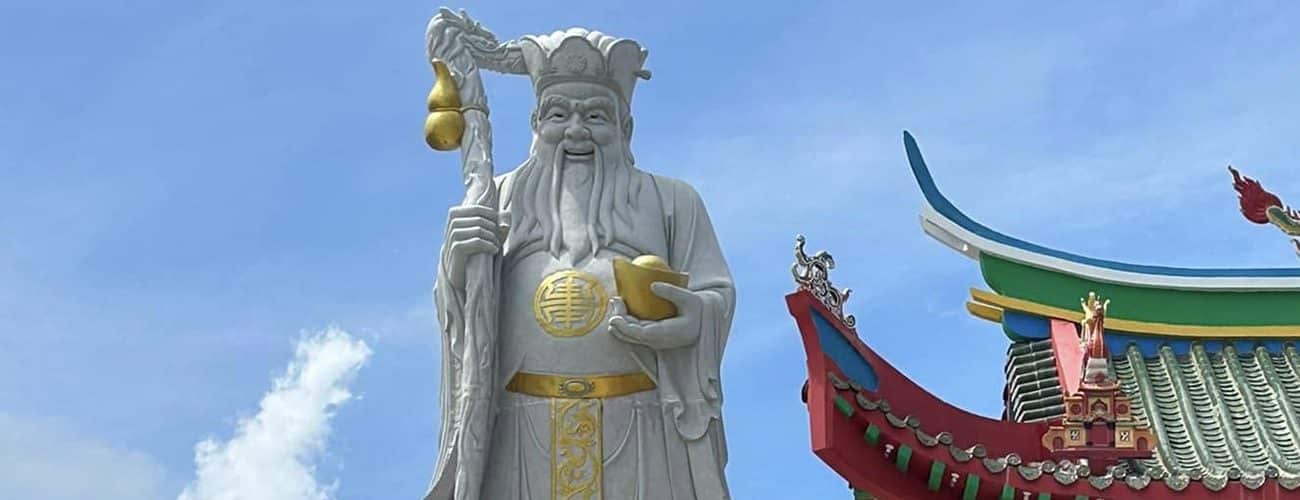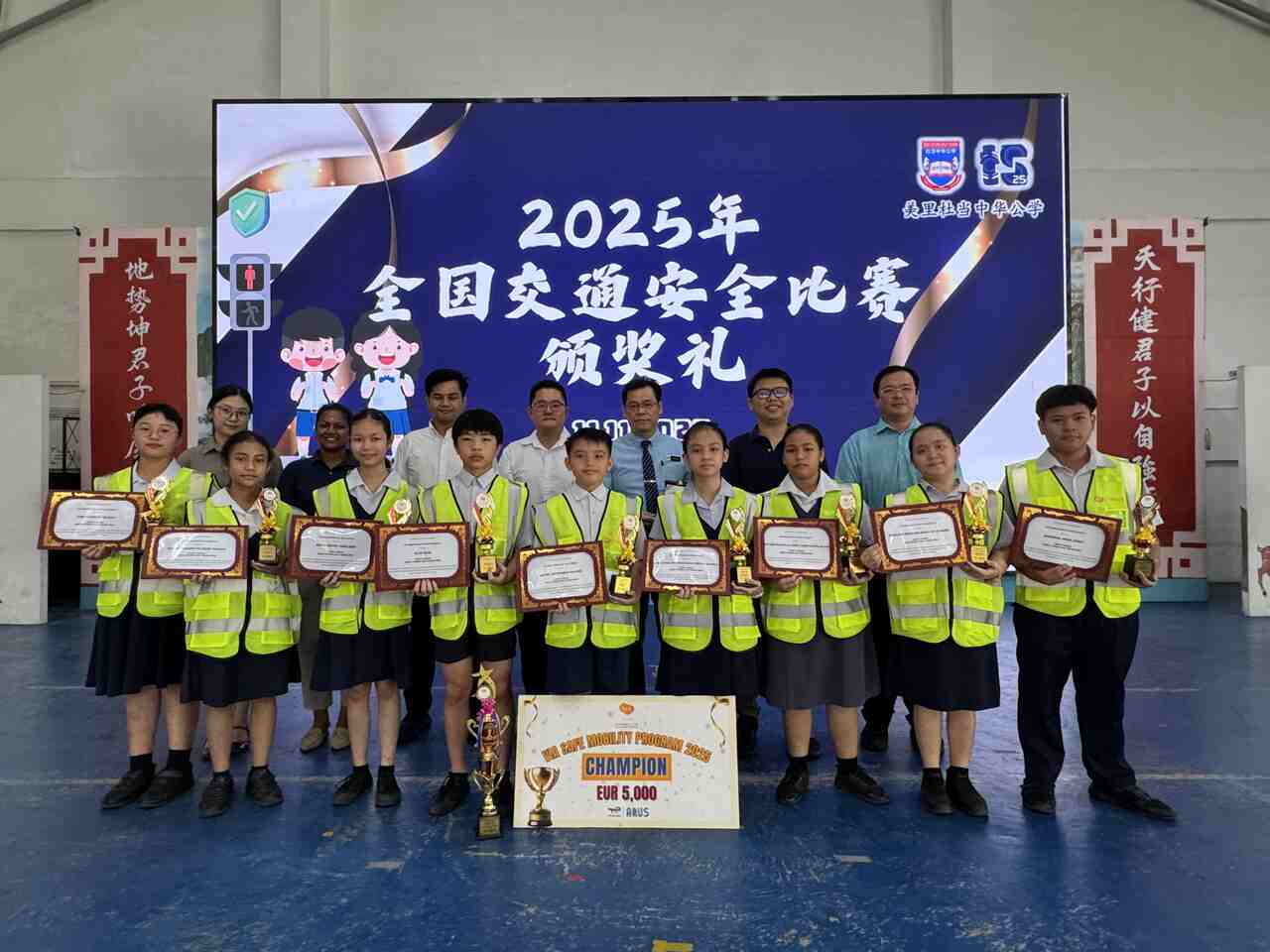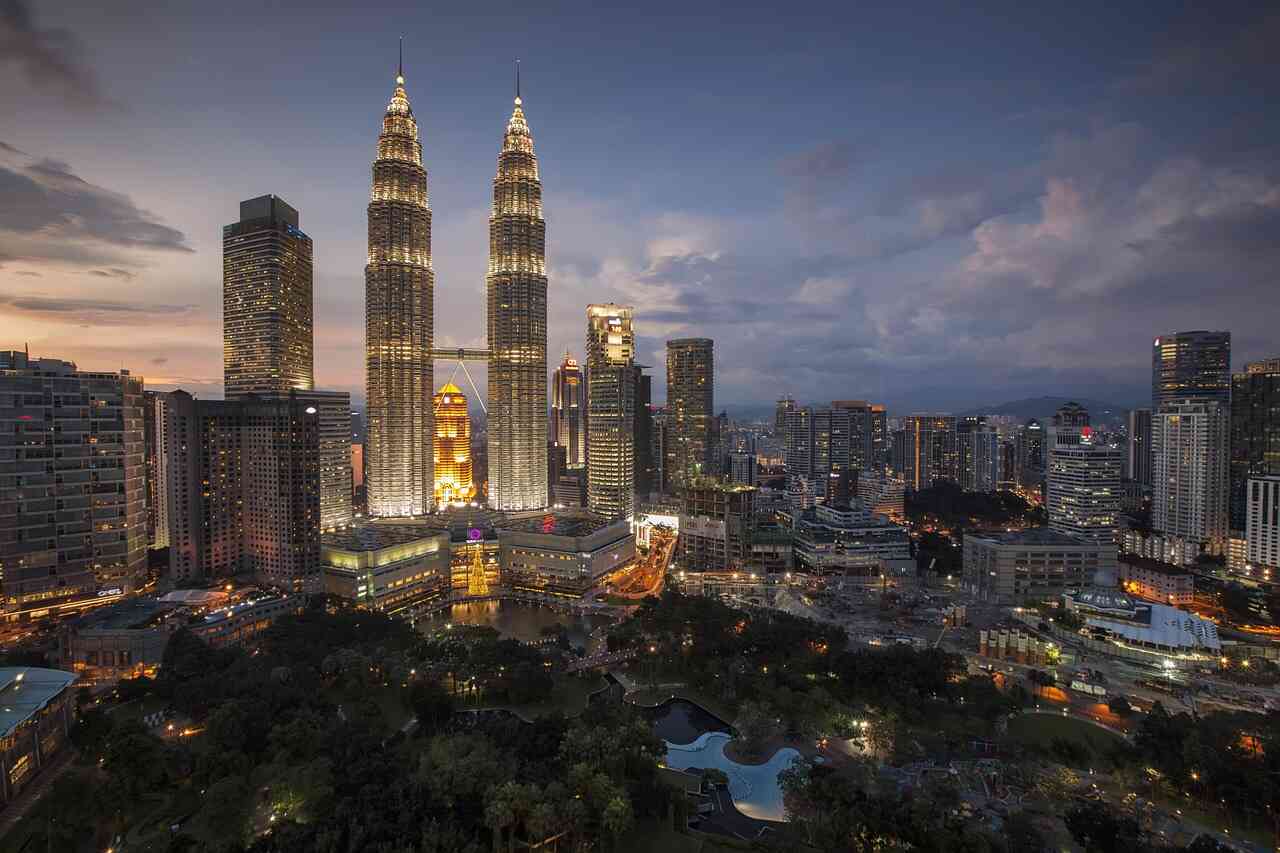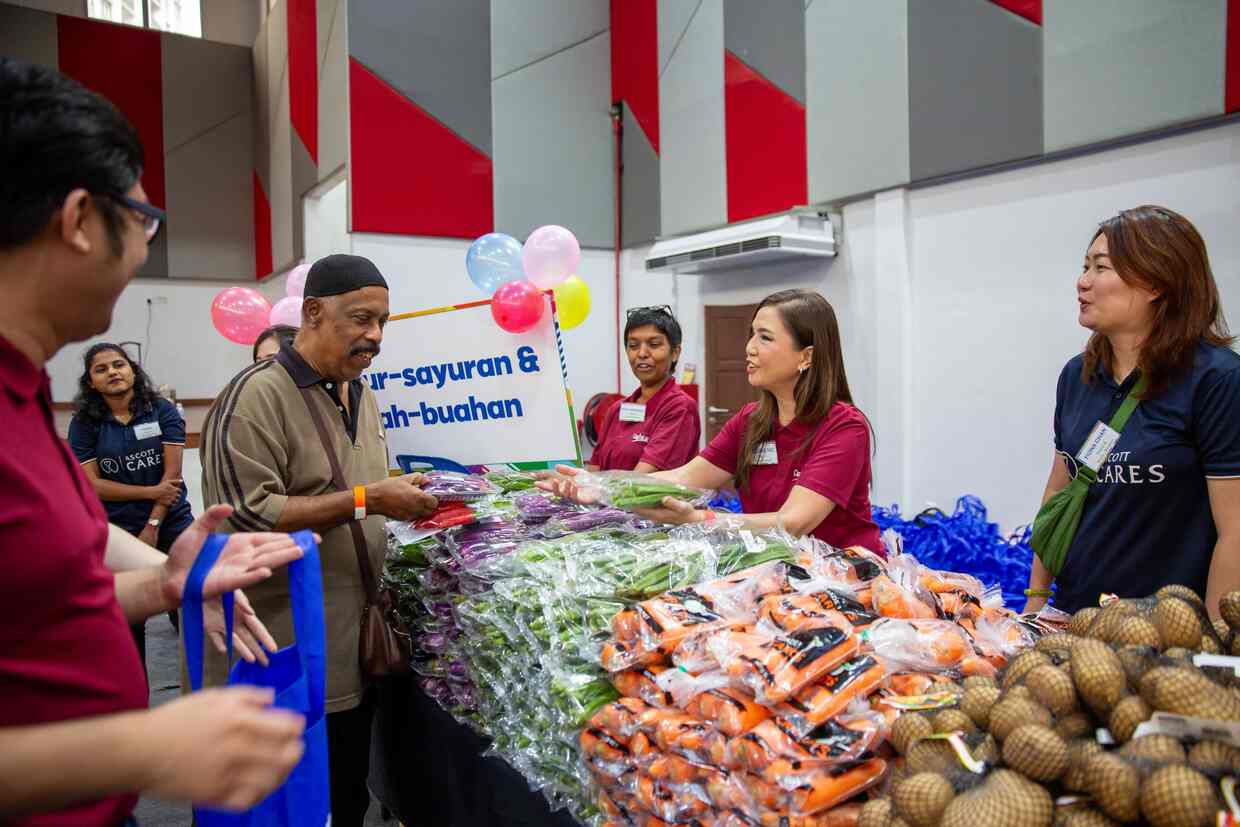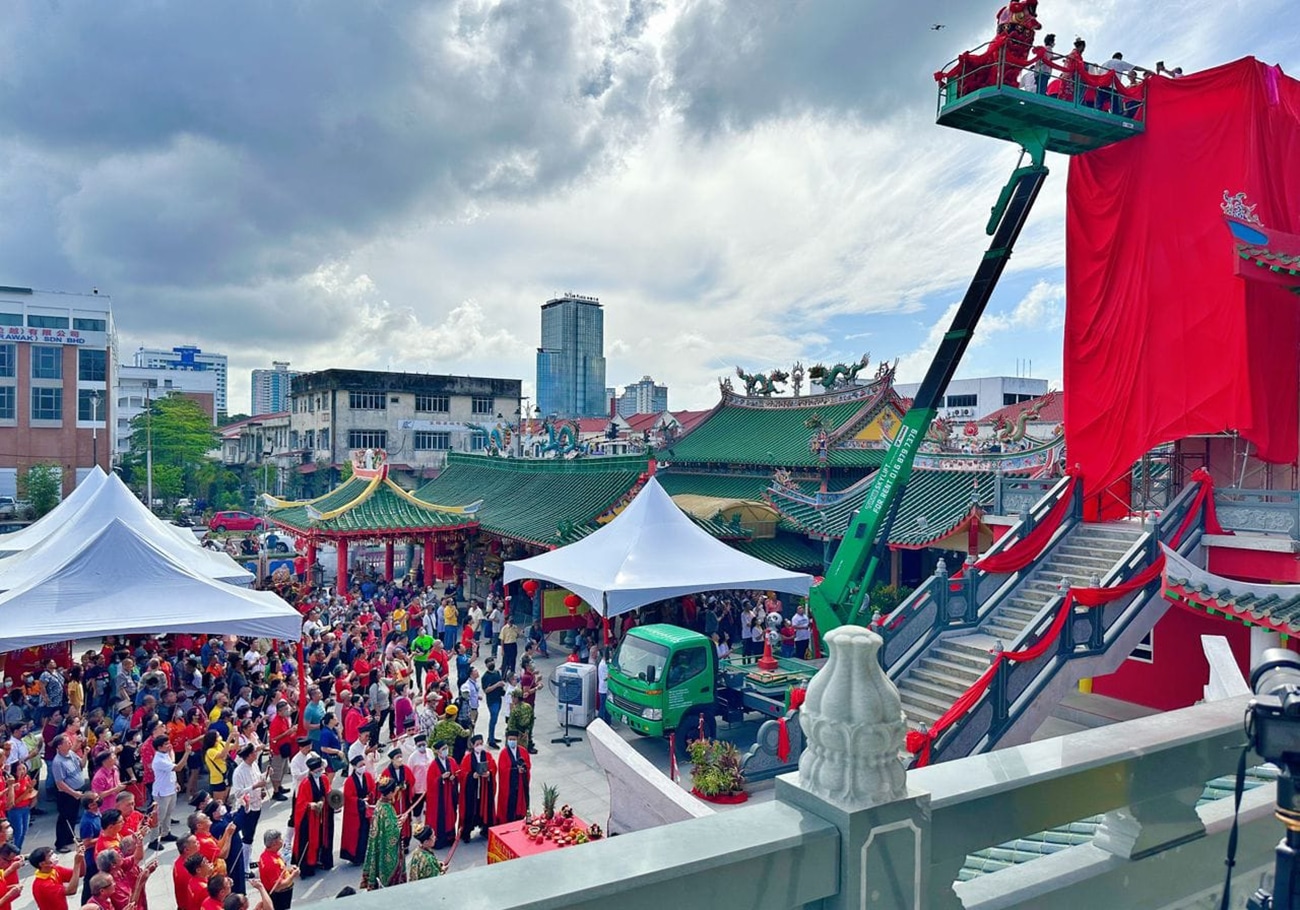
Miri Tua Pek Kong Temple, a 110-year-old cultural landmark, is embarking on an ambitious fundraising campaign to gather RM3 million for the completion of its long-awaited upgrading and extension project.
The temple committee, led by supervisor Tay Choon Wei, intends to unveil the enhanced facilities in time for the temple’s 111th anniversary next year. This significant milestone has been delayed due to the unforeseen challenges posed by the Covid-19 pandemic.
Installation of the seven-meter-tall statue of Tua Pek Kong
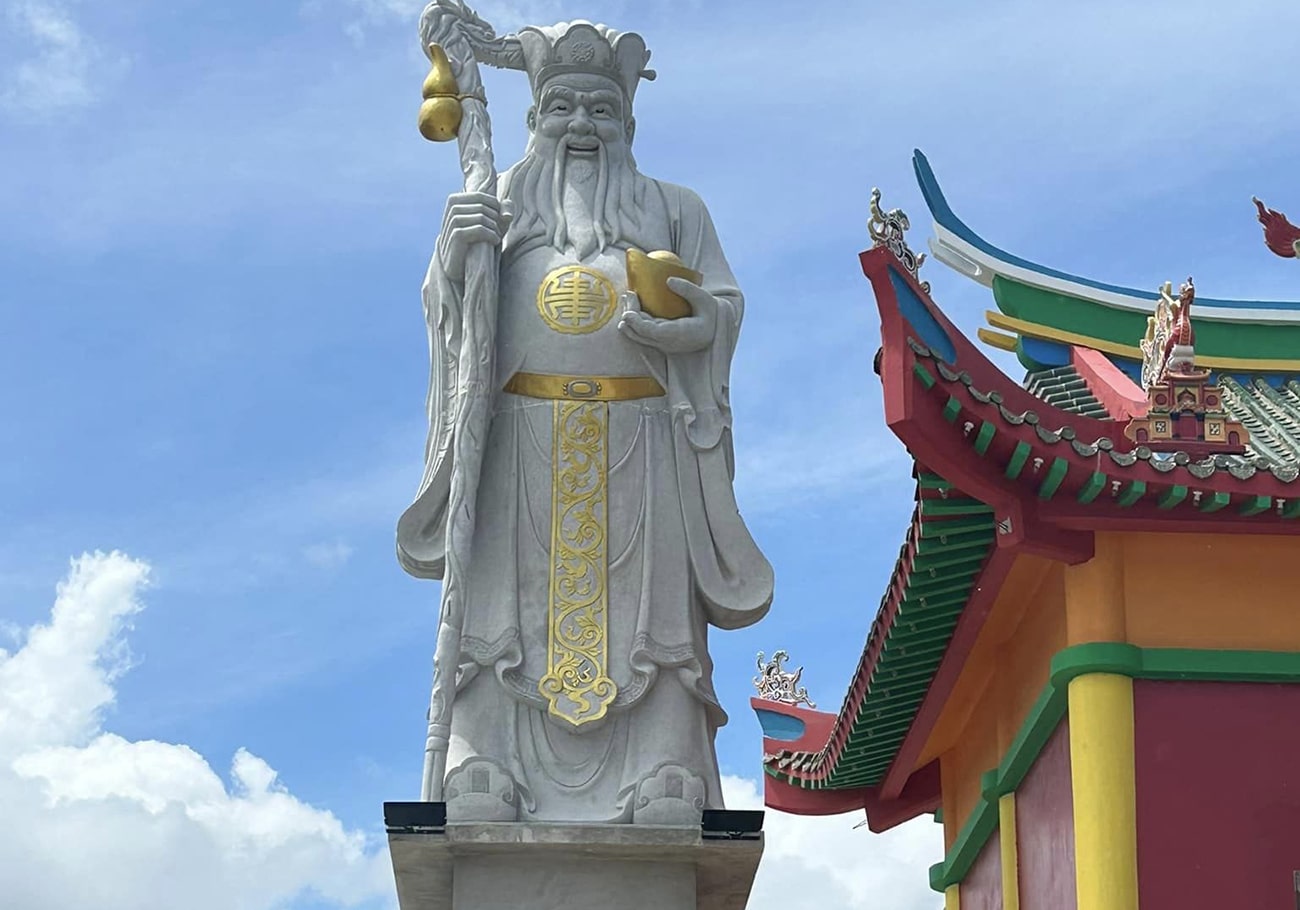
The majestic Miri Tua Pek Kong Temple recently welcomed a seven-meter-tall statue of Tua Pek Kong, also known as the Right God of Blessing and Virtue. Installed in April this year, the iconic statue has become a symbol of divine protection and spiritual reverence for devotees.
During the closing ceremony of the temple’s 110th-anniversary celebration, Tay expressed gratitude for the rice donation drive held on May 18. The committee recognizes the challenges of securing sufficient funds for the project but remains optimistic about the community’s willingness to contribute to this sacred cause.
However, there are crucial remaining works, including upgrading the walls and entrance gate, that require financial support from the generous public. Donations from kind-hearted individuals will play a pivotal role in realizing the temple’s vision of a revitalized space for spiritual growth and cultural heritage.
History of Miri Tua Pek Kong Temple
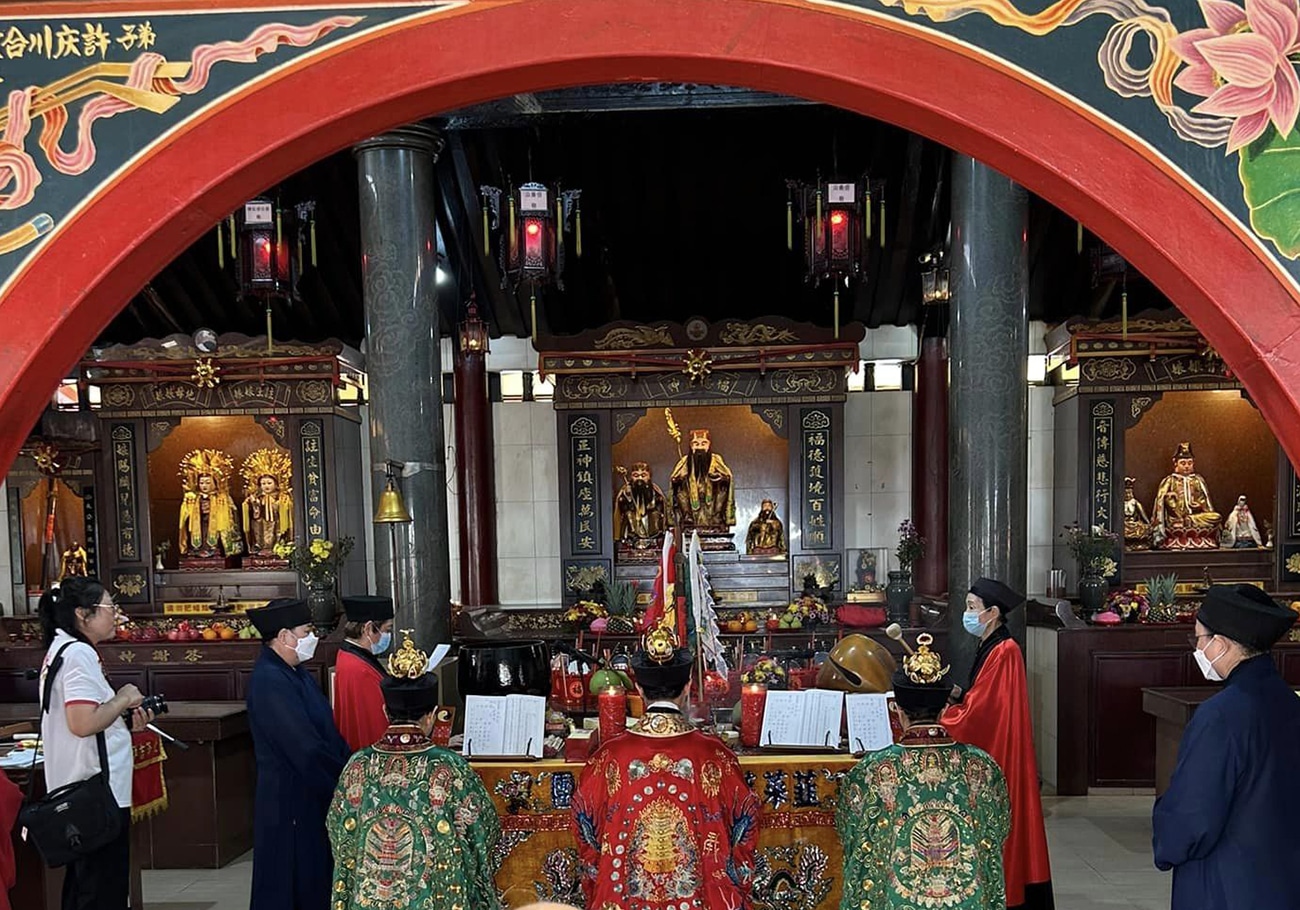
The history of Miri Tua Pek Kong Temple dates back to 1913 when it was constructed along River Road, adjacent to the Miri River and the old fish market. Chinese traders and workers in Miri at the time dedicated the temple to Tua Pek Kong, a revered deity.
Miraculously, the temple survived the ravages of World War II bombings and fires, making it the oldest temple in Miri.
According to local legends, the temple’s origins are rooted in a devastating epidemic that struck the burgeoning population of Miri in the early 1900s. As the villagers attributed the outbreak to “evil spirits,” they sought guidance from the wise man, “Chan Chak.” Upon his recommendation, a monk was commissioned to perform a “spirit-pacifying ritual” near the Miri River.
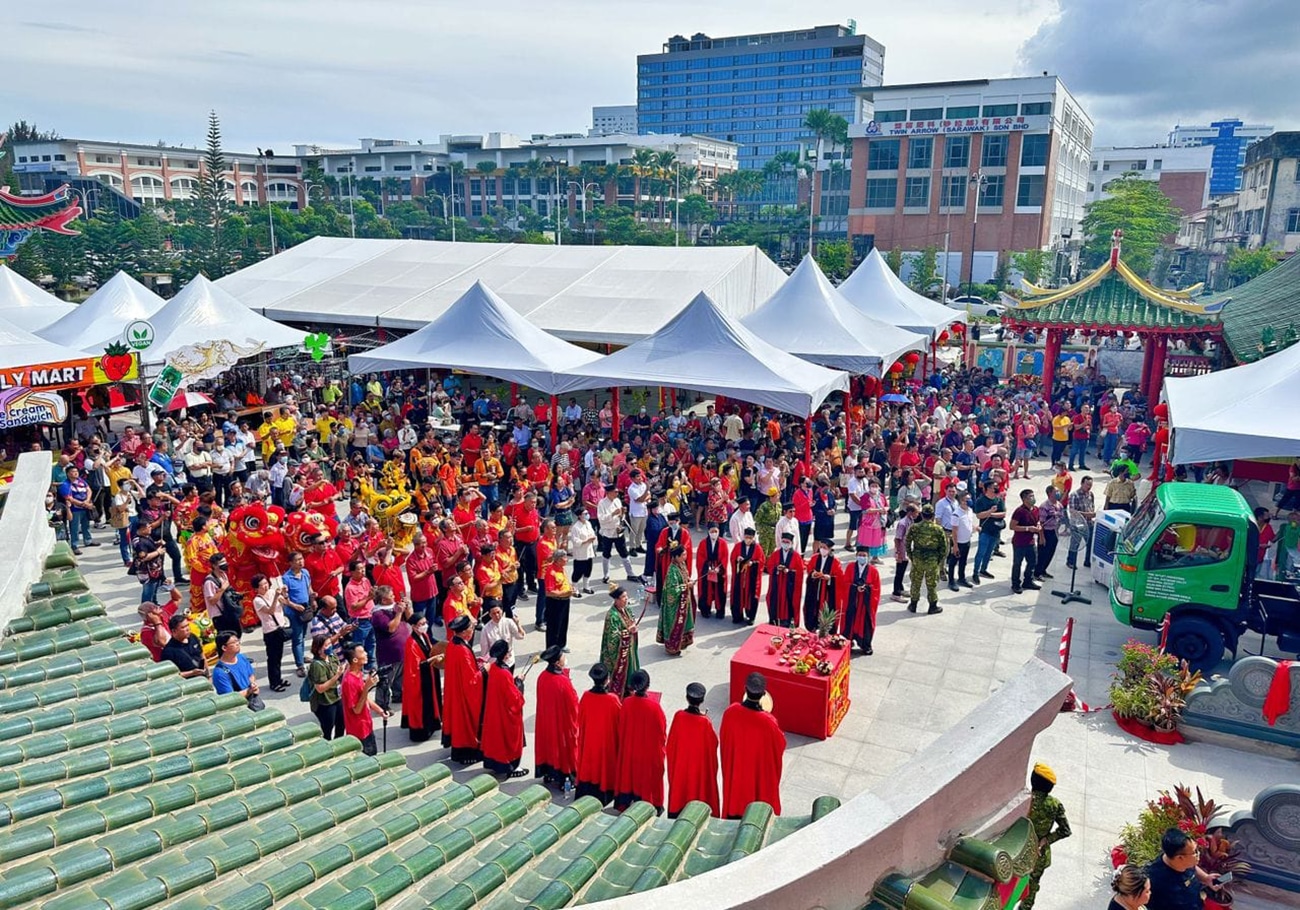
In gratitude for the cessation of the epidemic, the temple was constructed to honour Tua Pek Kong, a deity revered by Chinese immigrants who sought better lives in Miri during the late 19th and early 20th centuries.
Over the years, the temple underwent renovations, with a significant restoration project completed in 1977. It also endured minor fires and, in 2015, weathered severe floods that submerged the temple under several feet of water.
Reflecting the multicultural fabric of modern society, the temple attracts devotees from diverse backgrounds who seek solace and blessings from various gods and goddesses, including “Zhu Sheng Niang Niang,” a deity known for blessing children.
Source: The Borneo Post


